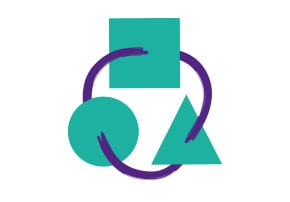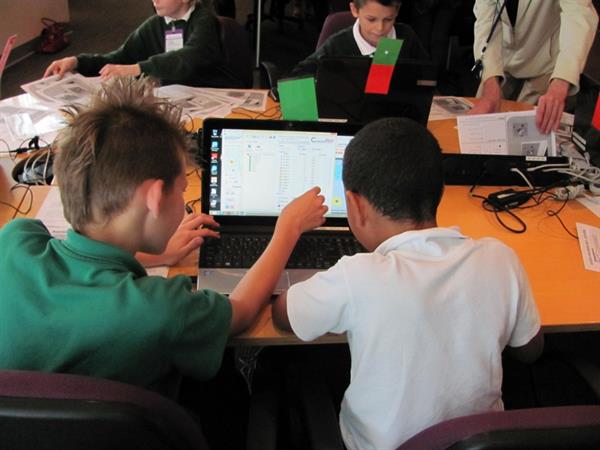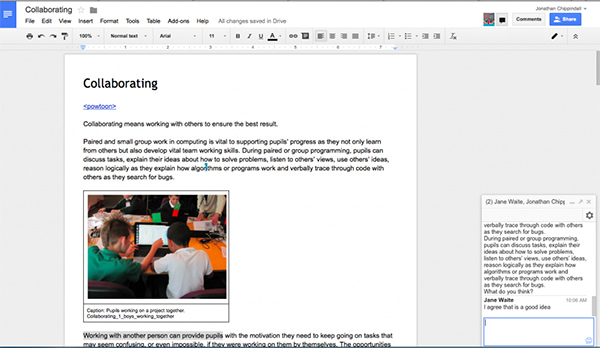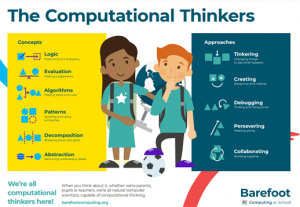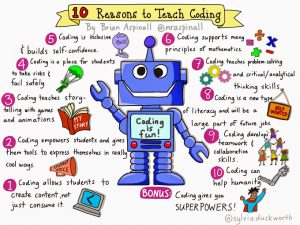Αρχική » social impact of computation
Αρχείο κατηγορίας social impact of computation
10 Reasons to Teach Coding – Sylvia Duckworth
- Coding allows students to create content, not just consume it.
- Coding empowers students and give them tools to express themselves in really cool ways.
- Coding teaches storytelling with games and animations.
- Coding is a place for students to take risks and fail safely.
- Coding is inclusive and builds self-confidence
- Coding supports many principles of mathematics
- Coding teaches problem solving and critical/analytical thinking skills
- Coding is a new type of literacy and will be a large part of future jobs.
- Coding develops teamwork and collaborative skills
- Coding can help humanity
Bonus: Coding gives you superpowers!
Dimensions of Computational Thinking in COMPUT project
 When we started working on the project Computational Thinking at School, our plan was to study the following dimensions of Computational Thinking
When we started working on the project Computational Thinking at School, our plan was to study the following dimensions of Computational Thinking
- creative problem solving
- algorithmic approach to problem-solving
- problem solution transfer
- logical reasoning
- abstraction
- generalization
- representation and organization of data
- systemic thinking
- evaluation
- social impact of computation
While working on the dimensions, it proved that we had to follow a different categorization. The dimensions 1. creative problem solving, 8. systemic thinking and 10. social impact of computation are studied together with Computational Thinking and approaches to Computational Thinking. The dimensions 3. problem solution transfer and 6. Generalization were included in the new dimension pattern. A new dimension, decomposition was added.
The dimensions of Computational Thinking that will be studied are the following
- algorithms
- pattern
- logical reasoning
- abstraction
- decomposition
- evaluation
The categorization follows Barefoot Computing at school
Computational skills for future jobs
How important are computational thinking skills for future jobs? Explore the presentation by Digital Technolgies Hub
The presentation here code-posters

